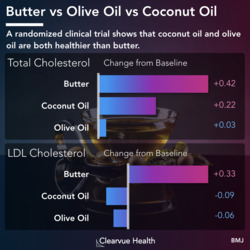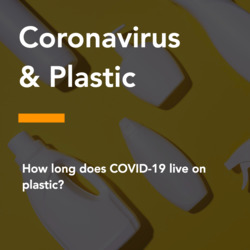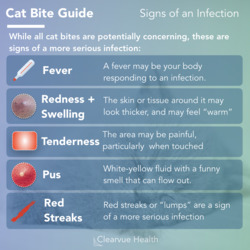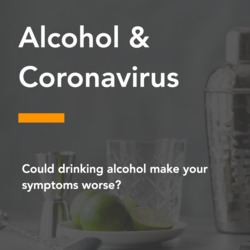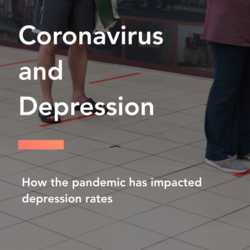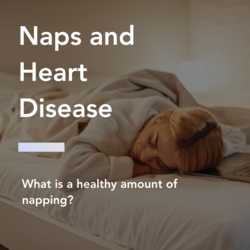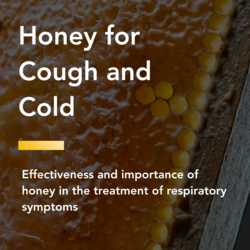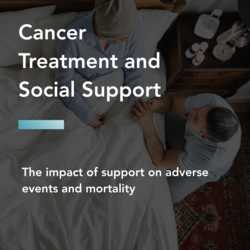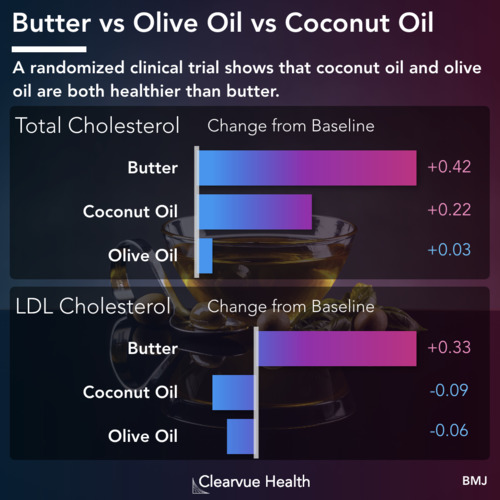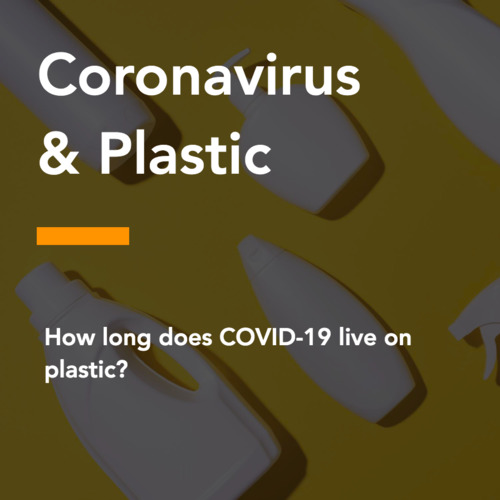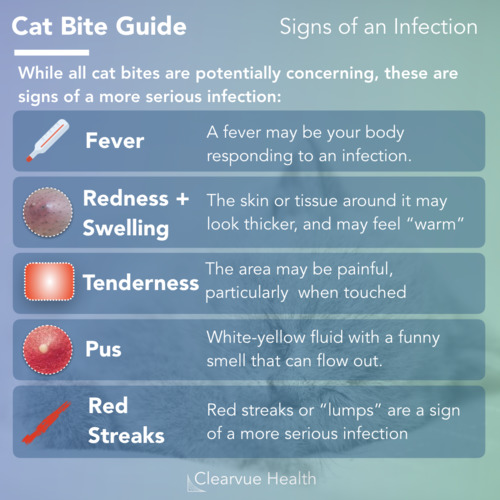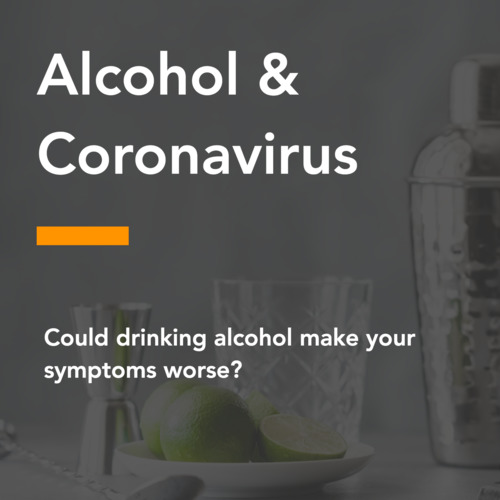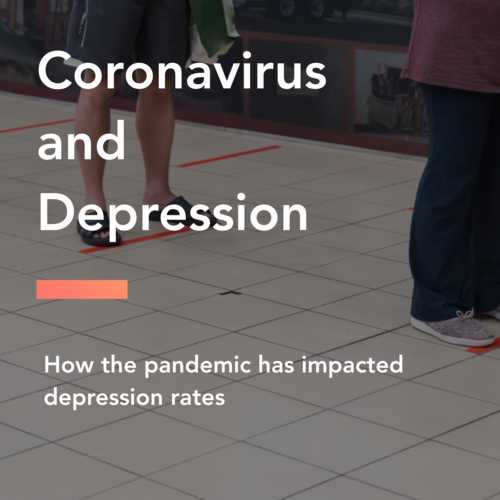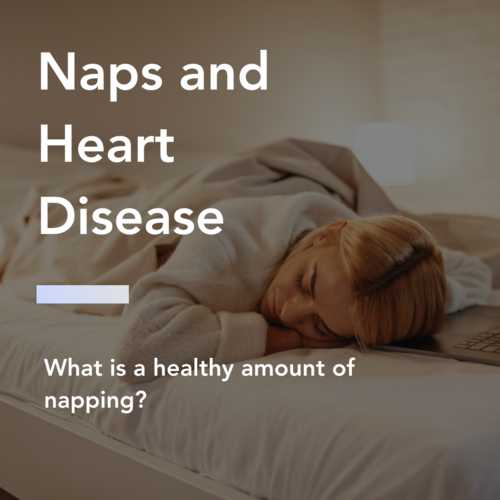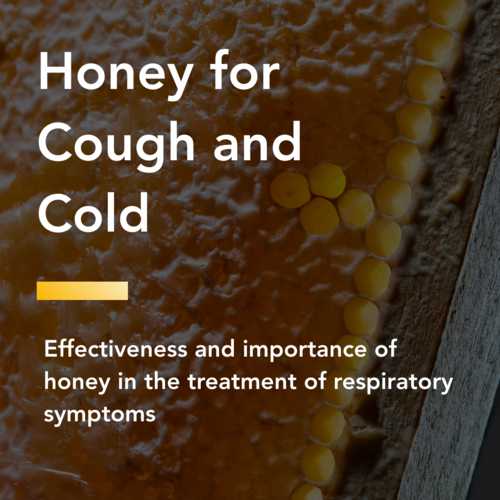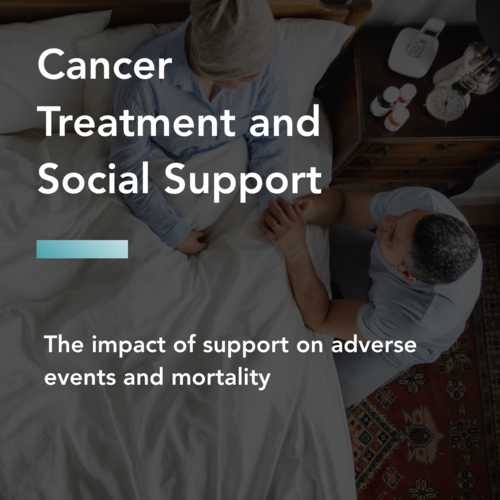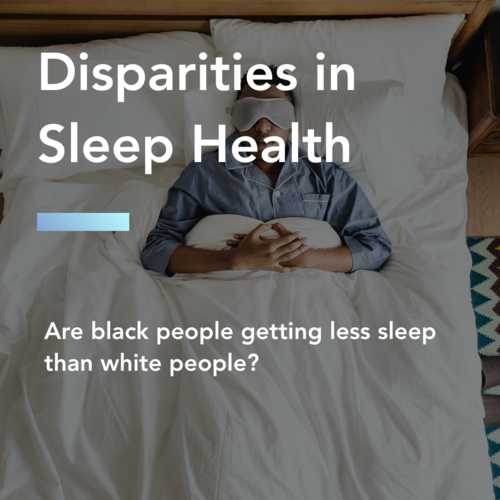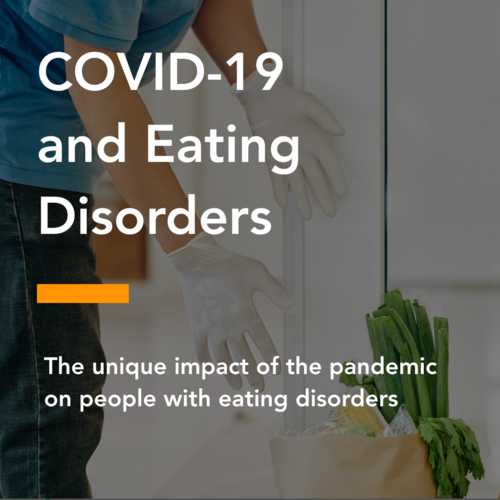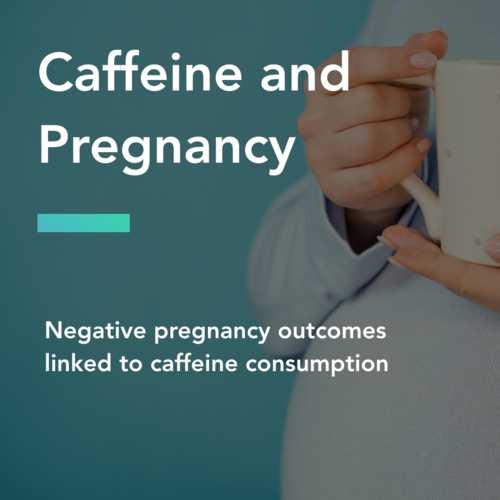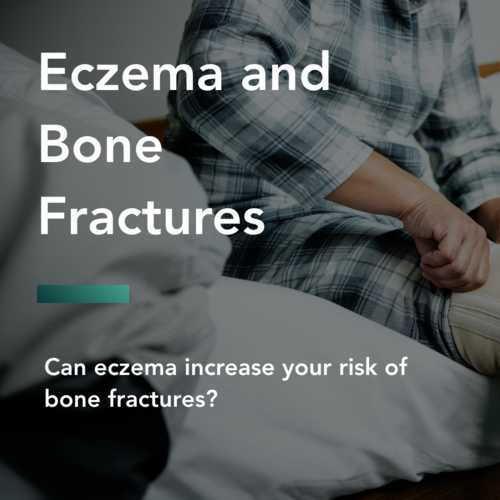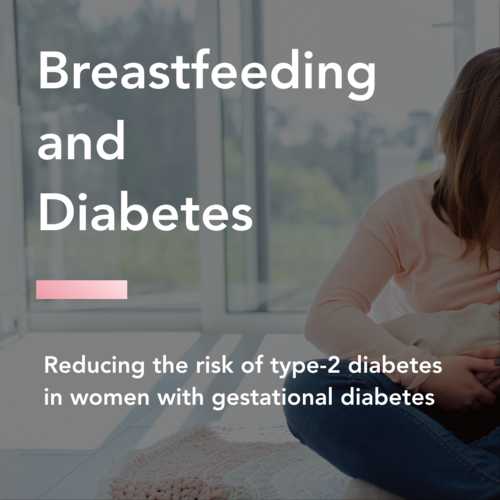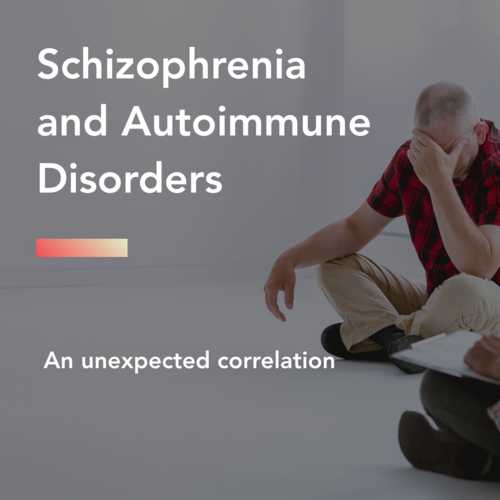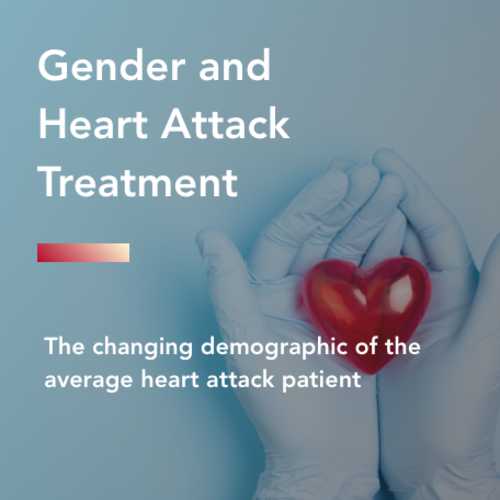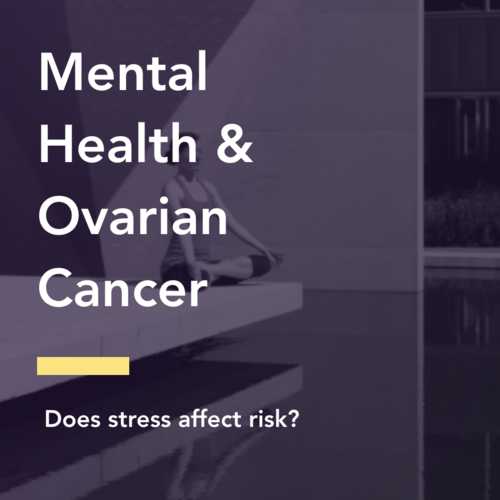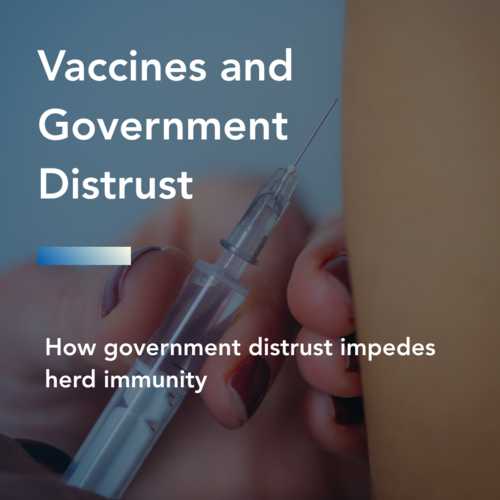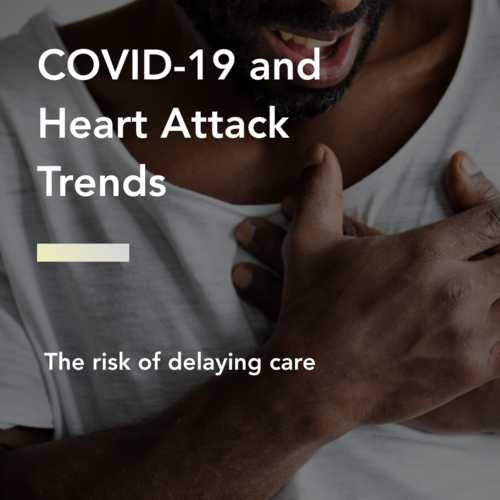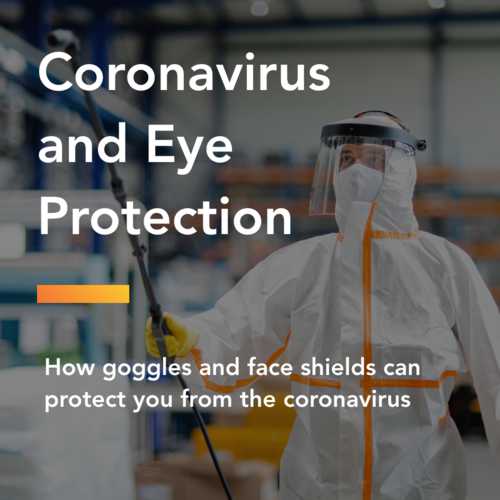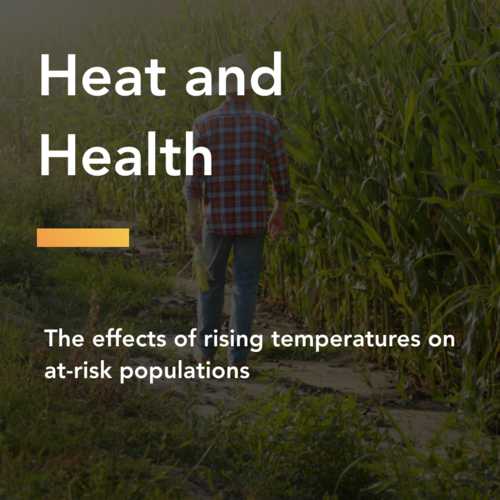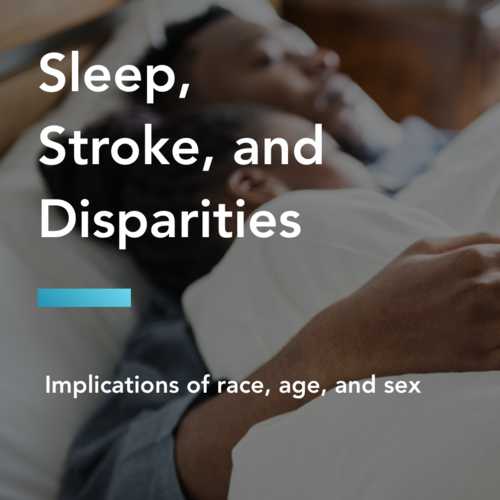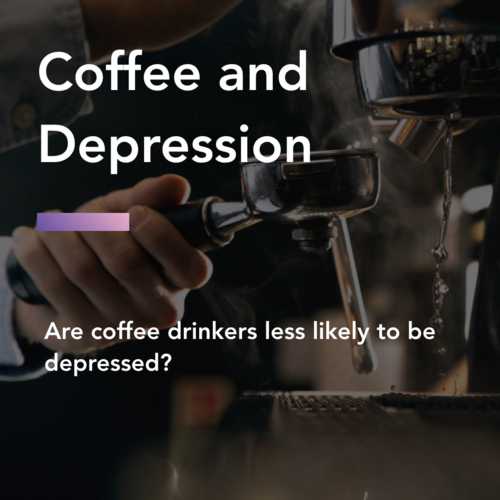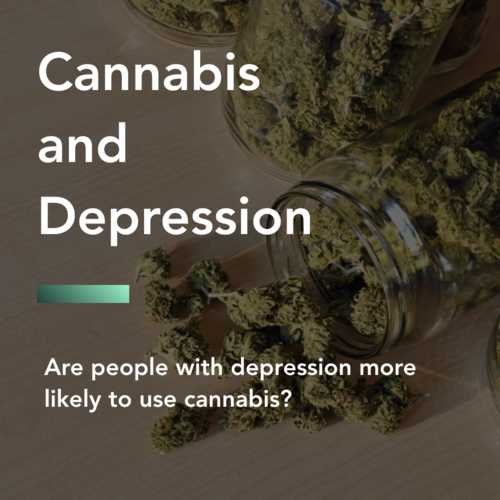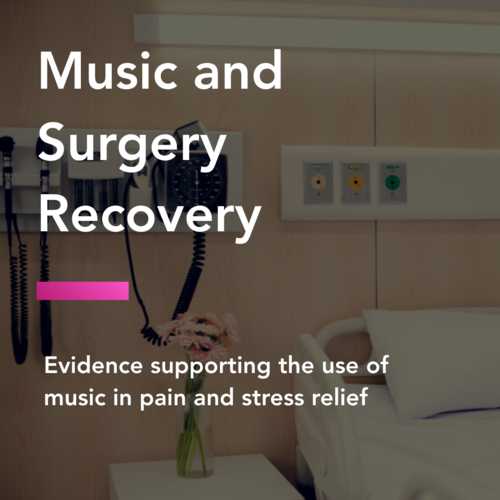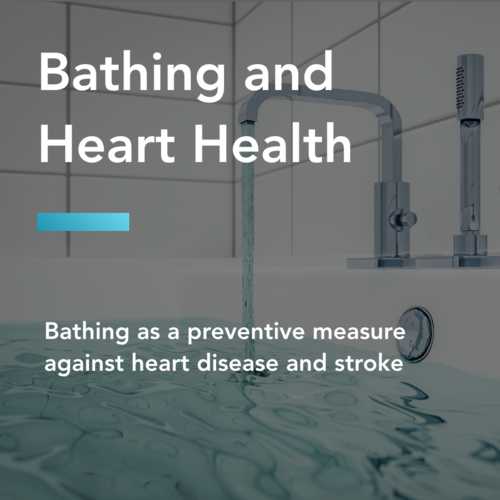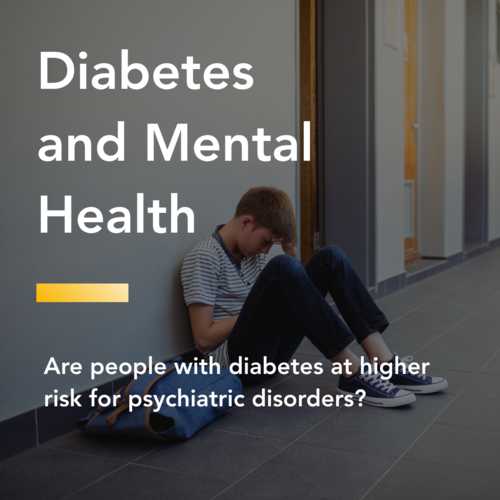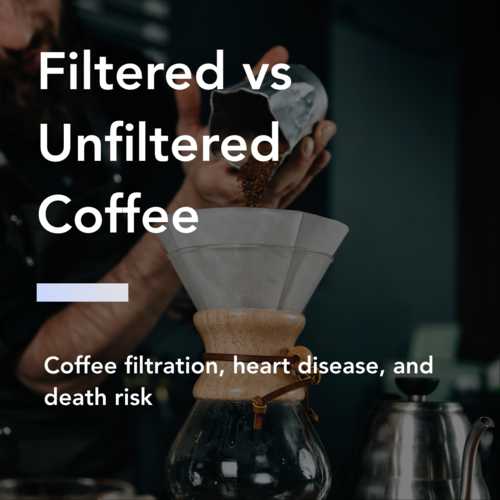
Regardless of your political affiliation, the prospect of eliminating HIV in the United States is an exciting one.
It was only a few decades ago when HIV was a death sentence. Princess Diana shocked the world in 1987 when she shook the hands of an HIV patient without gloves. Back then, there was no treatment for HIV and most people do not know how it was transmitted.
Today, have all the tools we need at our disposal to eliminate AIDS. We have therapies that can prevent HIV patients from ever progressing to full-on AIDS and we have a new class of drugs that can prevent healthy patients from getting HIV.
Our challenge ahead is getting these drugs into the hands of patients who need them. Theoretically, if everyone who had HIV were on the treatment they needed and everyone at a high risk of HIV was taking preventative medications, we could nearly eliminate HIV today.
Fortunately, new cases of HIV are tightly concentrated in just a few counties in the United States. By focusing our efforts at getting the word out in these areas, eliminating new cases of HIV by 2030 might just be doable.
The Statistics on HIV

With the introduction of these new treatments back in the 90s, the rate of new AIDS cases dropped dramatically. While we have more more people living with HIV today than ever before, fewer people are dying from this disease because of effective treatments.
However, after an initial drop in deaths from HIV, The death rate and diagnosis rate of AIDS has plateaued. Much of this may be due to a lack of knowledge or a lack of adherence to these medications.
The Geography of HIV in the United States

HIV is surprisingly unequally distributed in the United States. There are more cases of HIV in just 50 out of the more than 3000 counties in United States than the rest of the country combined.
In the map above, these counties are highlighted in red and represents more cases of HIV than all of the grey areas on the map. Since HIV is transmitted from person to person, residents in these areas are at a much higher risk of contracting HIV compared to areas in grey.
This geographic concentration suggests two things:
1- Our new HIV therapies probably work since they are probably doing a pretty darn good job in the gray areas.
2- We can make a big difference by targeting our efforts in just a few places.
The Effectiveness of PrEP Prevention

A new type of drug has been shown to be extremely effective in not only treating HIV but also preventing HIV.
These drugs, termed pre-exposure prophylaxis, are a pills that high risk patients take when they don’t have HIV. Similar to a vaccine, they allow healthy individuals to protect themselves from getting sick.
In one pivotal study, researchers found that taking this new drug every day reduces your chances of getting HIV by 99%. Taking this drug every other day, or around four times a week, still protected you and reduced your odds of getting HIV by around 96%. Even if you only take it twice a week, the treatment could still reduce your odds by 76% compared to not taking the drug at all.
Source: Emtricitabine-Tenofovir Concentrations and Pre-Exposure Prophylaxis Efficacy in Men Who Have Sex with Men
Theoretically, if everyone at an elevated risk of HIV were to take this new class of drug, we could prevent HIV from spreading.



